gilding the lily
It is the bane of interior designers to see their work torn out and replaced when a new family moves into an upscale residence.
So it was with Louis Comfort Tiffany, the prolific decorative artist known for his pioneering work in opaline stained glass.
By the time he reached his early thirties, Tiffany had become the toast of the town among the rich of New York City, who flocked to his design firm, Associated Artists, seeking his magic for their Gilded Age mansions.
And he complied, filling them with stained glass windows, elaborate metalworking and stenciling, and bold colors: robin’s egg blue, blood red, peach, dark green.
To have a Tiffany-decorated showplace was the mark of success in these circles and in 1881, even Mark Twain, then in an interlude of financial good times, hired him.
Tiffany insisted on a having a free hand in decorating the main floor of Twain’s Connecticut residence, and Twain obliged.
“The unholy decorators,” Twain called them.
The Tiffany decorators made Twain’s rooms resplendent, using rich shades of red, blue and peach, stenciling walls in intricate Middle Eastern and Asian motifs with gilt and silver.
It was a far cry from Twain’s old place in Hannibal, Missouri.
And for Tiffany, it was only up from there: the next year brought him his biggest prize.
The assassination of James Garfield in 1881 had thrust the Vice President, Chester A. Arthur, into the White House.
But the wealthy New York lawyer and widower, said to own eighty pairs of trousers, didn’t move into the White House immediately.
The place had become shabby after decades of inadequately funded upkeep and Arthur wanted the place spruced up.
Since all of Arthur’s New York crowd was turning to Tiffany for interior decoration, Arthur hired him, too.
And Tiffany’s firm redecorated all of the State Rooms on the White House first floor, giving visitors an eye-popping education in the Aesthetic style of decorative arts.
Part of the job was figuring out what to do with the front Entrance Hall.
For decades, a fifty-foot long, floor-to-ceiling cast-iron and glass screen had separated the Entrance Hall from the Cross Hall and State Rooms.
President Martin Van Buren had put it there to reduce drafts from the White House front door.
Finding the screen’s metalwork still in good condition, Tiffany decided to leave it in place; but he replaced the clear glass panes with opalescent topaz, ruby, and amethyst stained-glass medallions, along with four glass eagles, the flag and a glass shield bearing the initials “US.”
It was dazzling.
Then, nineteen years later, the man who had lived happily in a North Dakota log cabin moved in.
Oh dear, here comes Theodore Roosevelt.
He needed more room for his large, rambunctious family and he wanted lots of changes, including a restoration of the White House to its original Federal style.
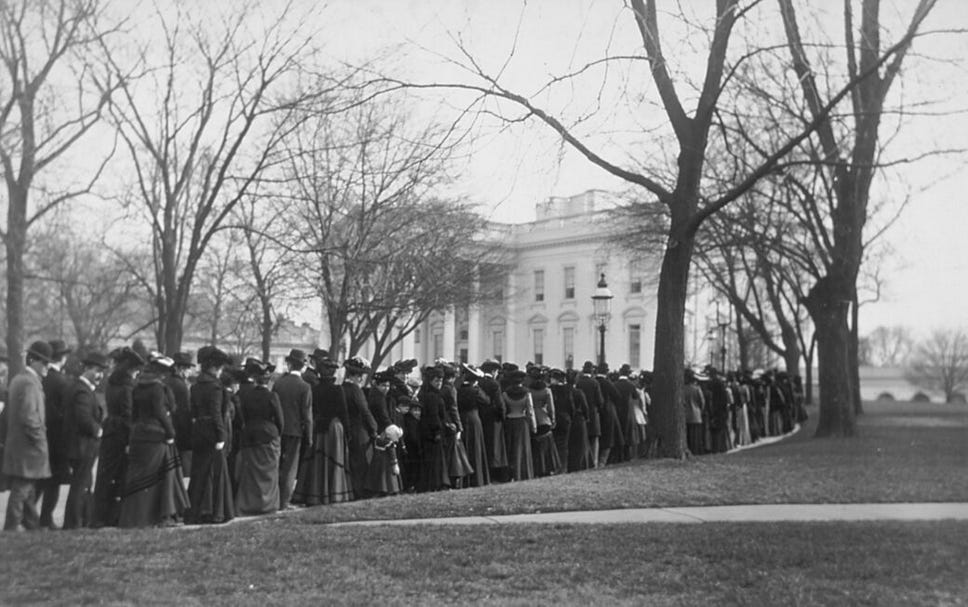
So, all of the intricate and stuffy Victorian-era decoration was removed or plastered over and simpler, spare colonial revival interiors, along with taxidermied animal heads, took their place.
And the glass screen was taken down.
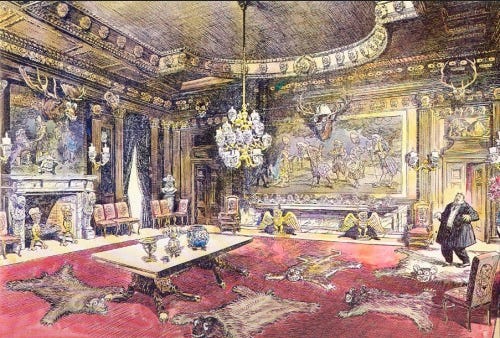
Reports say Tiffany’s dazzler was auctioned off for $275 and installed in a Maryland hotel, where it was subsequently lost in a catastrophic building fire in 1923.
What would the Tiffany White House screen bring in today’s market?
Here’s a clue: In 2007, this Tiffany fireplace screen, just shy of six feet in length and three feet in height, with stained glass inserts in two colors, sold for more than 1.6 million dollars.
You don’t know what you got ‘til it’s gone.1
******************************
I’ll see you tomorrow.
— Brenda
Banner image: White House Blue Room after Mrs. Kennedy’s restoration, 1961.
"Big Yellow Taxi,” by Joni Mitchell (1970).





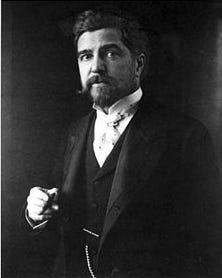
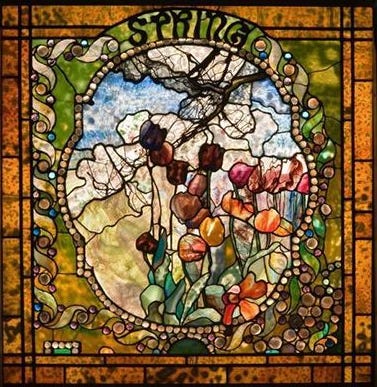
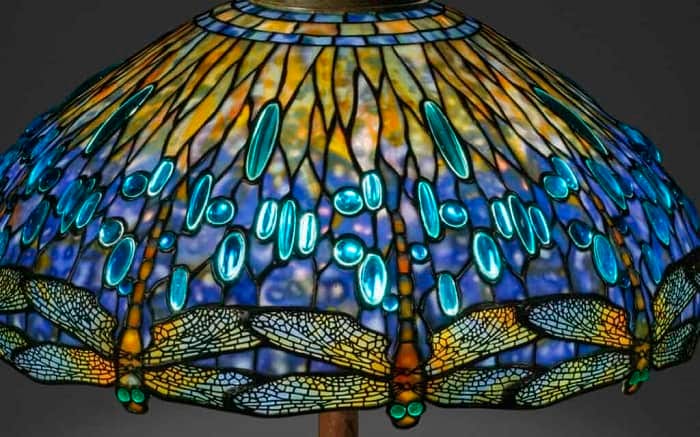
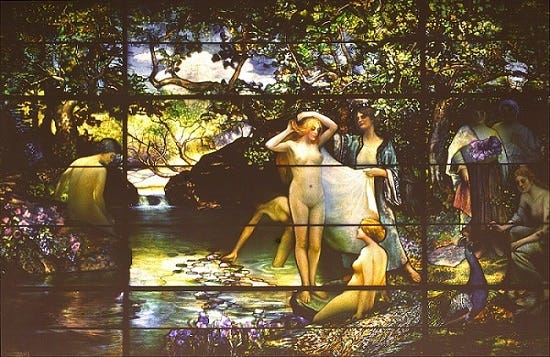
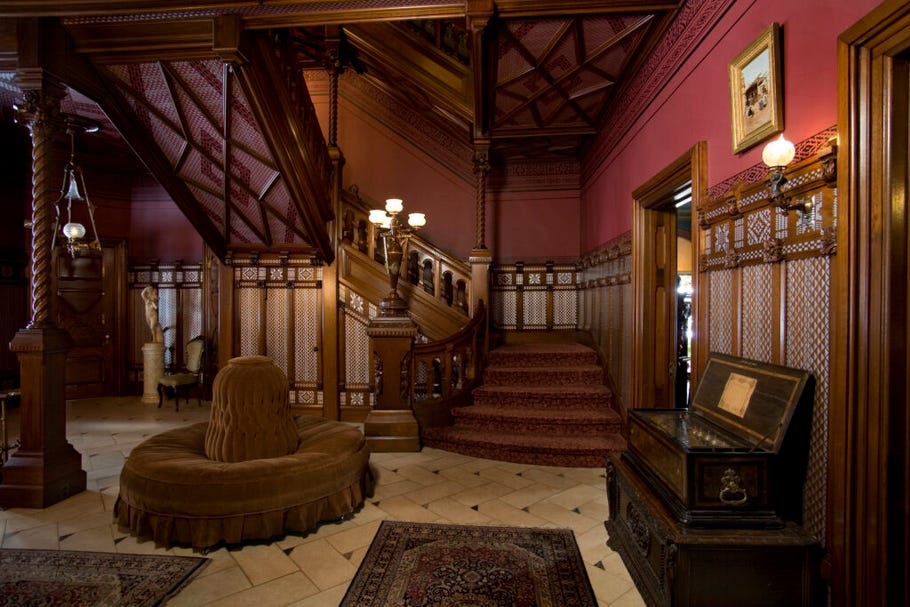
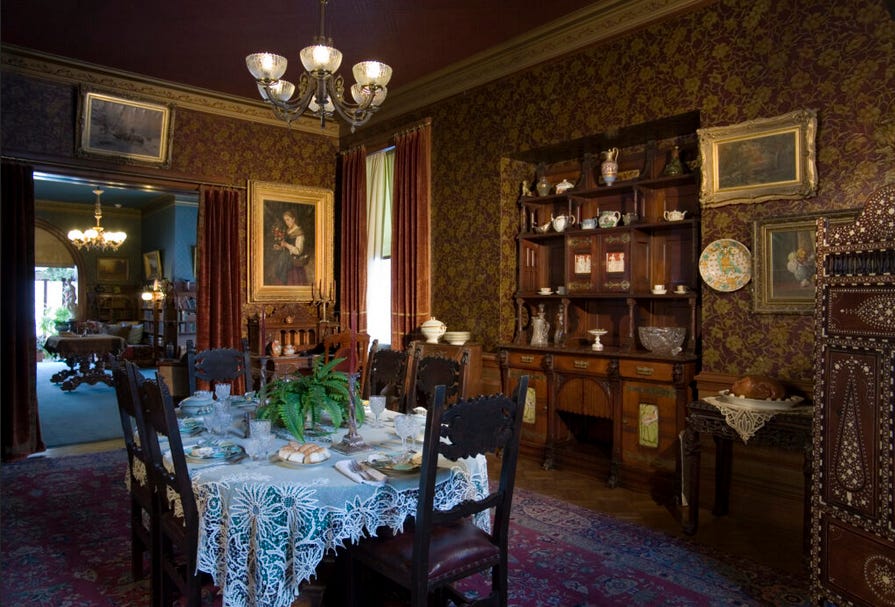
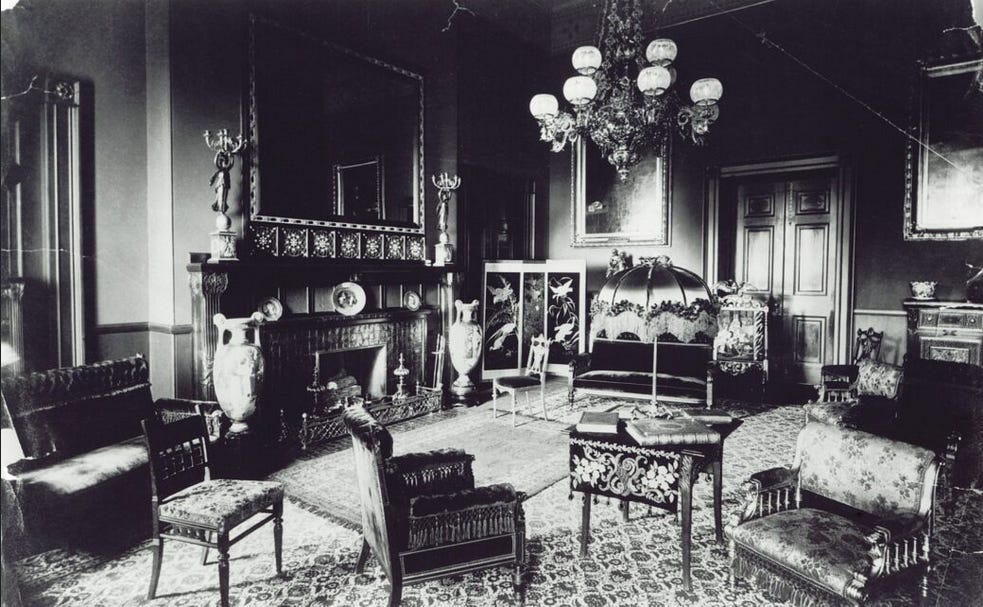
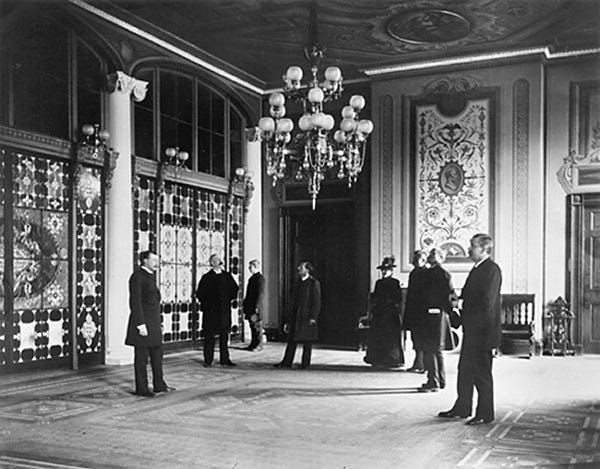
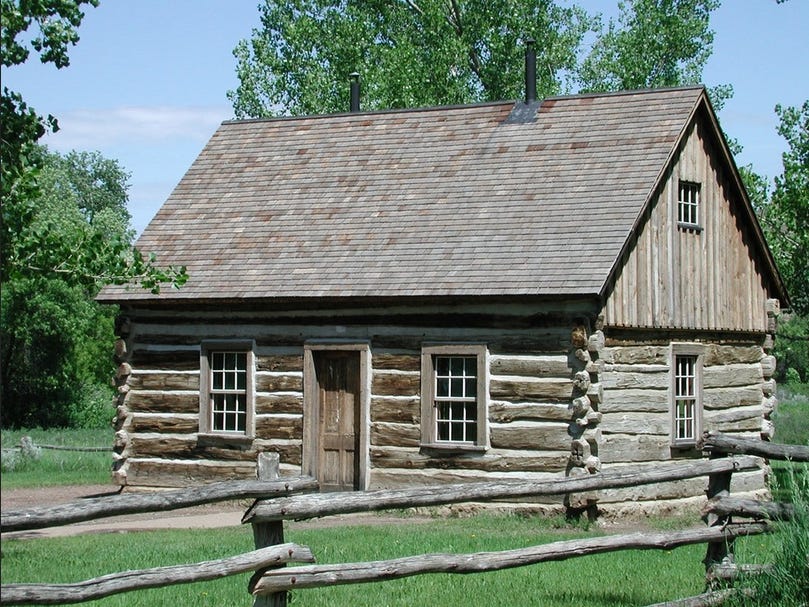
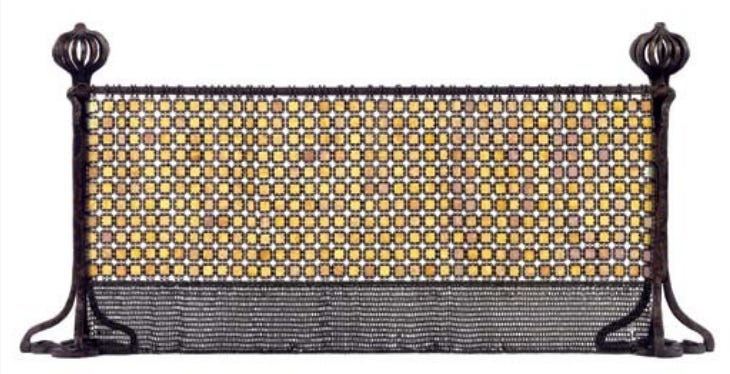


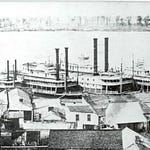
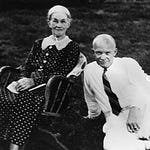
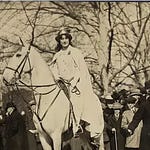

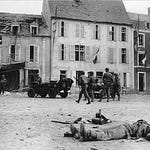
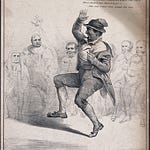
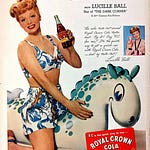

Photo of the Day